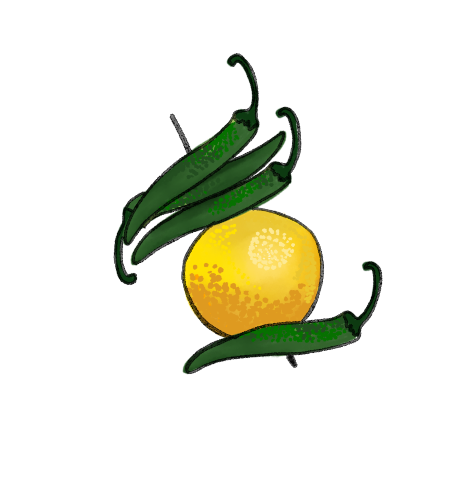





Chai After Five - Low Caff Chai Blend
Chai After Five is our low caffeine chai that will leave you feeling relaxed and satisfied. Our Indian hōjicha has a smooth, slightly nutty flavor that provides a beautiful canvas for our always organic masala spices.
While not completely caffeine-free, Chai After Five will allow you to have the satisfaction of a cup of chai without the worry of being kept up all night!
We hope you truly enjoy this blend we've created with love and intention.

Organic Ingredients
Assam Hōjicha green tea, green cardamom, ginger, black peppercorn
Servings
100 grams / 3.5 oz
~20 servings per bag
Nutrition Facts 
Low- caffeine
Backstory
When we started on the R&D journey for this product it was really important to me that we used actual tea and that our final product looked, tasted, and smelled like a cup of chai that uses black tea. By tea, I mean the actual tea plant camellia sinensis. For some background, green tea, white tea, and black tea all come from the same exact plant, they are all just picked and processed at different times and in different ways.
A lot of caffeine-free chais I was seeing and tasting were actually tisanes, or blends of herbs and spices, not tea. While they solve the issue of not having caffeine, they often taste nothing like actual chai! So we did some digging to figure out how we could get an actual tea that was relaxing and low in caffeine content but still had the feel of an actual cup of chai.
In that journey, we came across hōjicha...
What is Hōjicha?
Put simply, hōjicha is roasted green tea. It's often created using the stems and twigs of the plant, rather than the actual leaves (where much of tea's caffeine content lies). Using the stems ensures that more parts of the plant are being used and since they are stems, they are naturally very low in caffeine.
The origins of CTC black tea and hōjicha are similar in ways. CTC black tea was an innovative process created in the 1900s in India to create more black tea that could stand up to be boiled with sugar, milk, and spices because chai was becoming overwhelmingly popular and mainstream. Hōjicha was created in Japan in the early 1900s accidentally when a merchant was trying to figure out how to get rid of some green tea he was unable to sell. He decided to roast it, which altered the flavor and turned the color from green to brown. The resulting tea was much mellower, absent of any bitterness, and the roasting process further lowered the caffeine content. Hōjicha became an increasingly popular tea to enjoy later in the day and to give to children and elders.
What makes this hōjicha special?
India is widely known for its production and consumption of black tea (as this is primarily what the British needed to be produced there when they began tea cultivation in South Asia). When we chose our farm partner a few years ago, we fell in love with their dedication to organic and biodynamic practices, their emphasis on social programs within the farm, and their innovative ideas. They happen to be one of the few tea farms in India that produce green tea. This was the product of wanting to innovate within the tea industry in India. They hired experts from Japan to come over and teach them about green tea cultivation and processing and over time, built a green tea manufacturing facility. We got to tour this facility in 2018, far before we ever realized we might actually one day use Indian green hōjicha from there!


